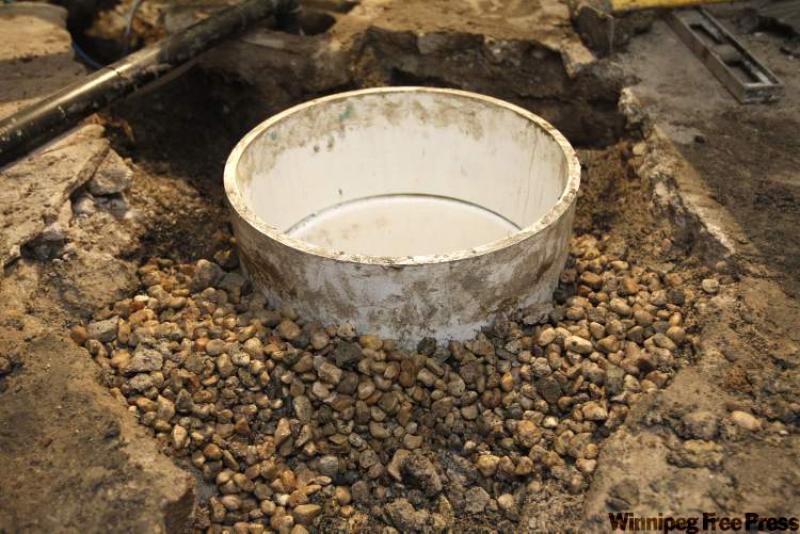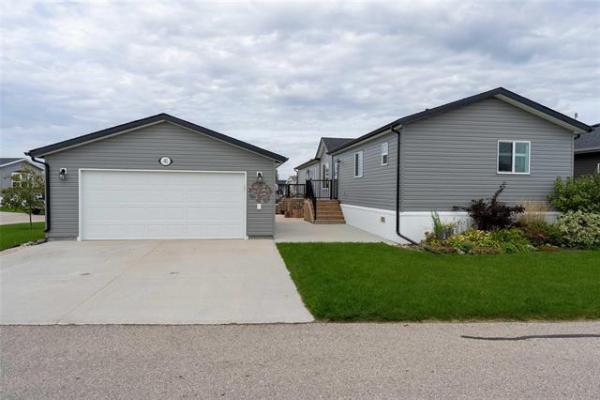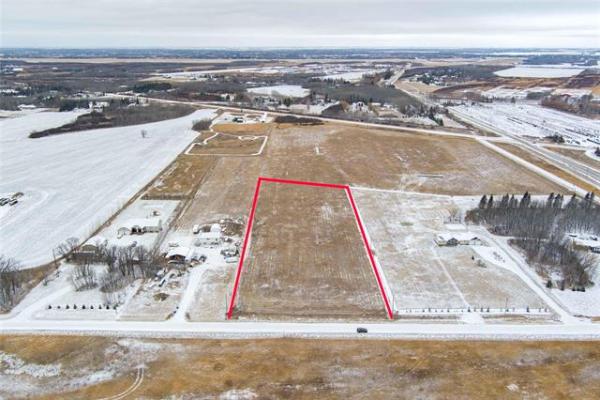QUESTION: Last month, I had a backwater valve and sump pump installed in my Charleswood home, built in 1974. I have not had water issues but installed them just in case and as part of the City of Winnipeg basement flooding initiative.
Since installation, the sump pump runs every couple of hours for about 10 seconds at a time. It was my understanding that the sump pump would kick in if weeping tile water was backing up into the sewer drain. There is some water coming from the weeping tiles into the drain, but the drain is easily handling this amount. I called the installer and he said there is runoff water under the basement floor and this is what the sump pump is pumping out. Could this be the case?
If I unplugged the sump pump, would the water go down the sewer drain or would it cause damage to the sump pump? Should I just leave everything as it is and assume the sump pump will run less often once all the snow melts and the yard dries out? Maureen Spier.
ANSWER: With the popularity of the new civic and provincial program to help homeowners install backwater valves and sump pits, I have received several inquiries and calls and your question raises an excellent point.
While I recently answered another inquiry about sump pits, I felt it prudent to explain what is occurring in your home and also offer a couple of possible installation methods employed by your contractor for the benefit of any readers thinking of taking advantage of this program.
While you have a good understanding of the purpose of your newly functioning sump pump, your terminology needs a slight correction. Weeping tile water does not back up into the floor drain but it does flow into the catch basin, which is directly above the floor drain. This water from rain or melting snow is collected by the weeping tiles after it filters down through the soil around your home. It will flow out of your home through the floor drain, unless there is a blockage or sewer backup.
You are absolutely correct, the sump pump is installed primarily to handle overflow from the catch basin in the case of a sewer backup. This will only happen if your new backwater valve shuts, not allowing rainwater that enters the catch basin to go down the drain. As the catch basin fills, this excess water should flow into the sump pit through an overflow pipe connecting the catch basin and the sump. Once this water reaches a certain level in the sump pit the pump will turn on, expelling this excess water outside the home through a drain pipe installed for this purpose.
While this system is designed as a safety measure in case of sewer backup, it may come into action periodically, depending on the method of installation. While most modern sumps are relatively well-sealed plastic cylinders, there may be some small openings or holes in the sides or bottom. One local manufacturer has designed a special pit that has holes purposely drilled in the sides to collect excess moisture that may be present below your basement floor.
It is possible your installer has given you one of these "sabre pits" or has poked or drilled a few holes in the pit during installation. If that's the case, he's correct that the pump is working due to intrusion of water from under your home. The other possibility is that your installer has used a fairly common installation technique that will also cause water to flow into the new sump.
Because retro-fit sump pits are normally installed very close to the existing catch basin, one or more of the existing weeping-tile drain lines below the basement floor may have been cut during installation. In the process of breaking up the concrete floor slab to make the opening for the sump, your installer may have exposed the weeping tiles in the soil near the catch basin. In that situation it's normal to drill a hole in the side of the new pit and run the existing weeping tile into the sump, rather than the catch basin.
I have even seen installations that cleverly do this while using the other end of the existing weeping tile tube as the new overflow pipe from the catch basin. That method has the advantage that less of the concrete slab is broken, reducing the likelihood of damaging the structural integrity of the floor. While that is one benefit of using the existing weeping tile, the true advantage may be the reason your pump is currently working.
Running one or more of the old weeping-tile drains into the new sump will cause the pump to run periodically when there are heavy rains or the snow is melting, as it is now. This will ensure the pump is ready to go in the unlikely case the sewers do back up and your new backwater valve closes.
In most other installations, pumps may sit dormant for years and can become seized, unplugged, or non-functional without the knowledge of the homeowner. Having some water run into the pit from the weeping tiles is the sign of a good installer and you have nothing to worry about if your pump comes on in wet weather.
The final thing to address is your question about unplugging the pump. That is something that should never be done, unless you are servicing the pump or testing it. That is analogous to removing the battery from a smoke detector because it goes off. You should definitely leave things as is and you will notice that the pump operation will lessen in frequency as the ground dries up.
Regardless of the reason for the current operation, you should test your pump at least once a year, by partially filling the pit with water, to ensure it will be functional when needed.
Ari Marantz is the owner of Trained Eye Home Inspection Ltd. and the president of the Canadian Association of Home & Property Inspectors -- Manitoba (www.cahpi.mb.ca). Questions can be emailed to the address below. Ari can be reached at (204) 291-5358 or check out his website at www.trainedeye.ca.
trainedeye@iname.com




